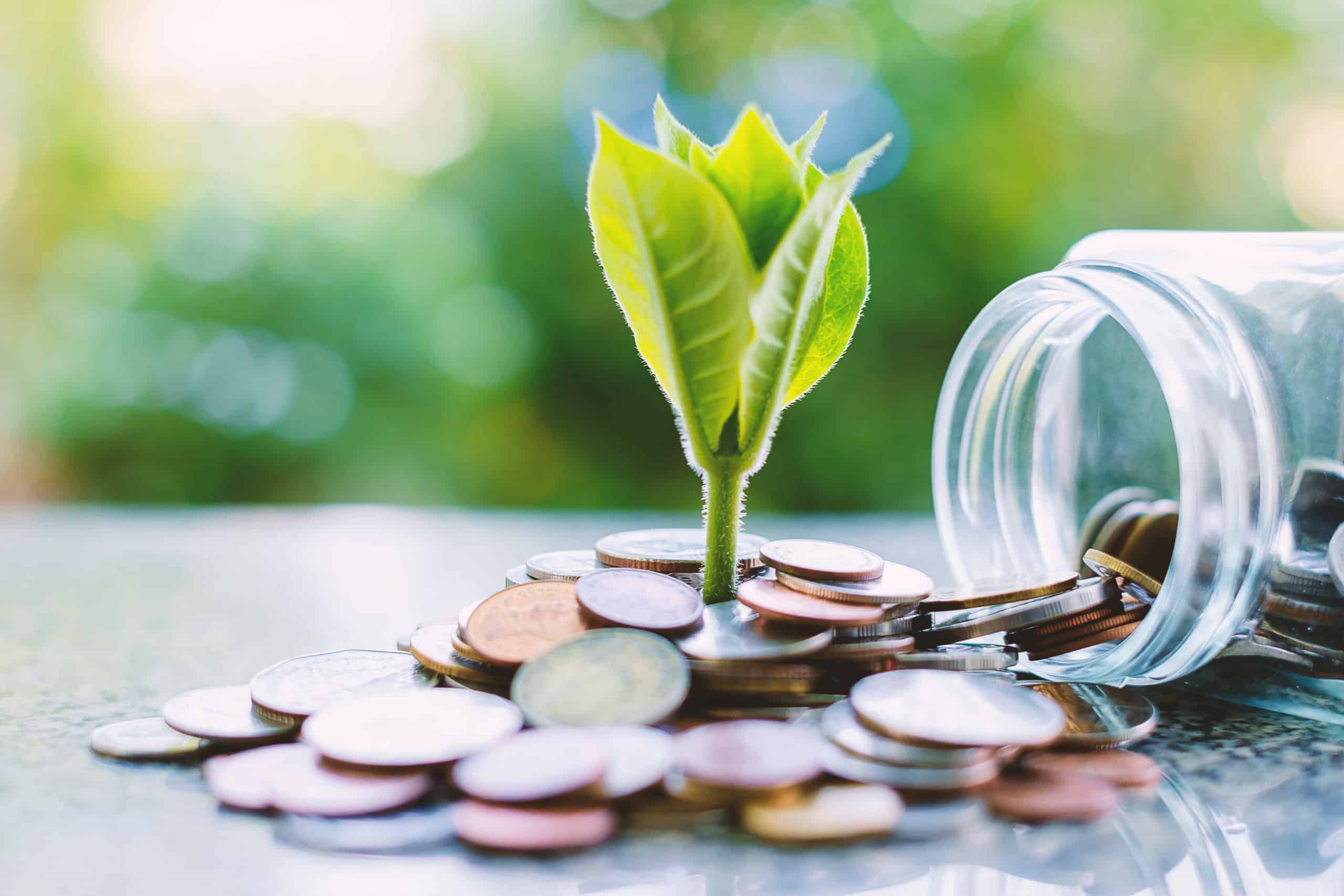Investing in the stock market can be quite tricky due to the fluctuations associated with this asset class. Moreover, just a handful of companies are positioned to deliver steady returns for long-term shareholders making it difficult to consistently identify winning bets.
While it makes sense to allocate a majority of your savings towards low-cost index funds that offer diversification, you can also consider holding quality growth stocks to outpace the broader markets.
One such profitable TSX growth stock growing at a brisk pace and which also pays shareholders a dividend is GFL Environmental (TSX:GFL). Let’s see why.
An overview of GFL Environmental stock
Valued at $16 billion by market cap, GFL Environmental is the fourth-largest diversified environmental services company in North America. It provides services that include solid waste management, liquid waste management, and soil remediation in Canada and the U.S.
GFL Environmental went public in 2020 after it raised US$2.2 billion via an initial public offering, or IPO. The TSX stock has almost doubled in market cap in the last four years, on the back of revenue and earnings growth.
GFL has increased revenue from $4.19 billion in 2020 to $7.43 billion in the last 12 months. The company’s solid top-line growth has allowed GFL to report an operating income of $242 million in the last four quarters compared to an operating loss of $325 million in 2020.
How did GFL Environmental perform in Q3 of 2023?
GFL Environmental increased sales by 10.3% year over year in Q3 after excluding non-core asset divestitures. It also experienced margin improvement in Q3 across both business segments. For instance, the adjusted EBITDA (earnings before interest, tax, depreciation, and amortization) margin for its Solid Waste business grew by 250 basis points while the Environmental Services EBITDA margin rose by 440 basis points.
GFL Environmental emphasized it completed the divestiture of certain non-core assets in Q2 and reinvested a portion of the proceeds in higher-margin initiatives such as RNG (renewable natural gas) projects and new contract wins.
GFL reduced its borrowing costs by 60 basis points under its secured term loan in Q3, which should result in lower interest expenses, as the company is focused on deleveraging its balance sheet.
What’s next for GFL stock price?
GFL continues to invest in capital expenditures while reducing balance sheet debt and moving toward an investment-grade credit rating. It will allocate between $250 million and $300 million in investments related to RNG projects and between $600 million and $650 million towards mergers and acquisitions.
The total amount to be deployed by GFL in these growth initiatives will be limited to $900 million, as it has also allocated roughly $875 million toward capital expenditures in 2024.
GFL Environmental expects to realize at least $2.2 billion of adjusted EBITDA in its base business this year, while its growth projects might add 20 basis points to its leverage.
Analysts expect GFL to more than double its adjusted earnings from $0.49 per share in 2022 to $1.26 per share in 2024. Priced at 35 times forward earnings, GFL stock is not too expensive, given its growth estimates and a steady dividend payout.
GFL currently offers shareholders an annual dividend of $0.07 per share, indicating a yield of just 0.16%. But these quarterly payouts have risen from $0.014 per share in March 2020 to $0.017 in January 2024.








